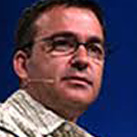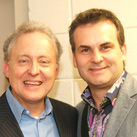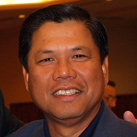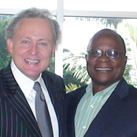Jerusalem Council II Session VII: Synergistic Leadership & The Great Commission
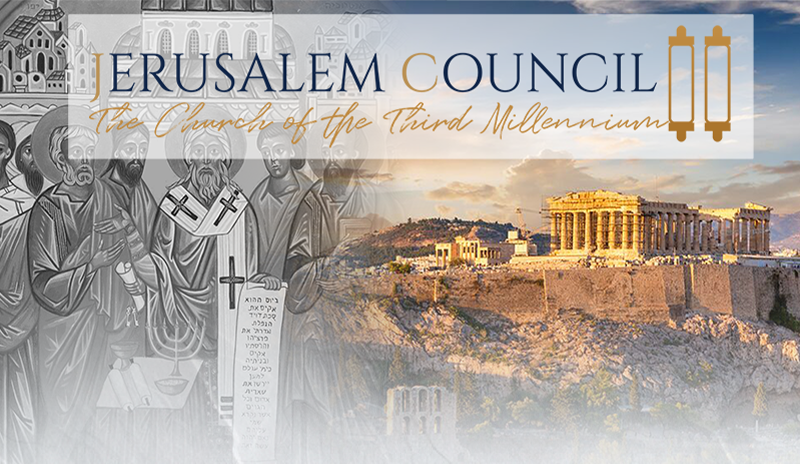
What is the Spirit saying about Synergistic
Leadership & The Great Commission?
The closing session of the conference pivots from celebrating spiritual blessings to commissioning attendees for the Great Commission.
Dr. Craig Keener began by presenting, “Revealing the Unknown God,” a detailed exegesis of Paul’s Areopagus sermon in Acts 17. He highlights Paul’s model of contextualization: engaging Athenian culture by referencing local altars, Greek poets, and philosophical schools to introduce biblical truths. Core gospel truths unpacked include God as Creator (transcendent and imminent), humanity as God’s offspring, the universal need for repentance, and the reality of resurrection and judgment. Dr. Keener brought emphasis on the distinction between faithful contextualization (preserving the gospel) versus syncretism (compromising biblical integrity).
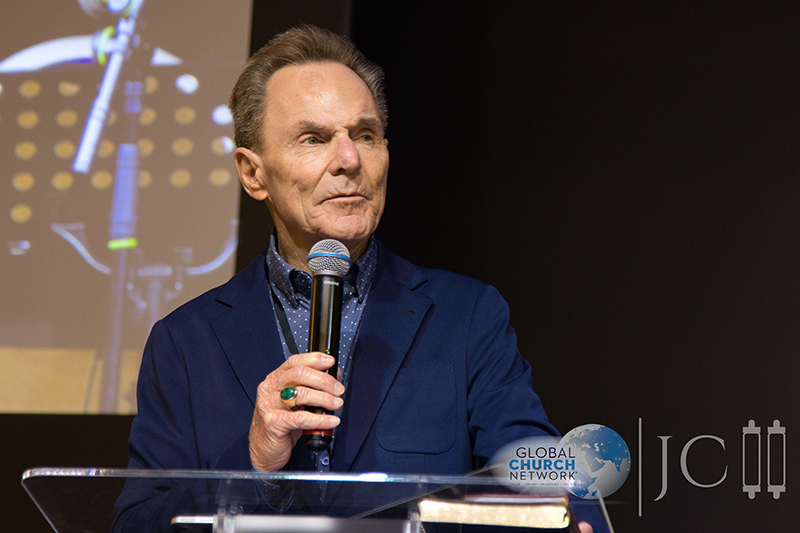 Global mission urgency underscored by world population growth, unreached peoples, rapid church expansion in the Global South, and persecution statistics. Dr. Ronnie Floyd called the council together, reiterating the Great Commission: “presenting the Gospel of Jesus Christ to every person in the world and making disciples of all the nations.”
Global mission urgency underscored by world population growth, unreached peoples, rapid church expansion in the Global South, and persecution statistics. Dr. Ronnie Floyd called the council together, reiterating the Great Commission: “presenting the Gospel of Jesus Christ to every person in the world and making disciples of all the nations.”
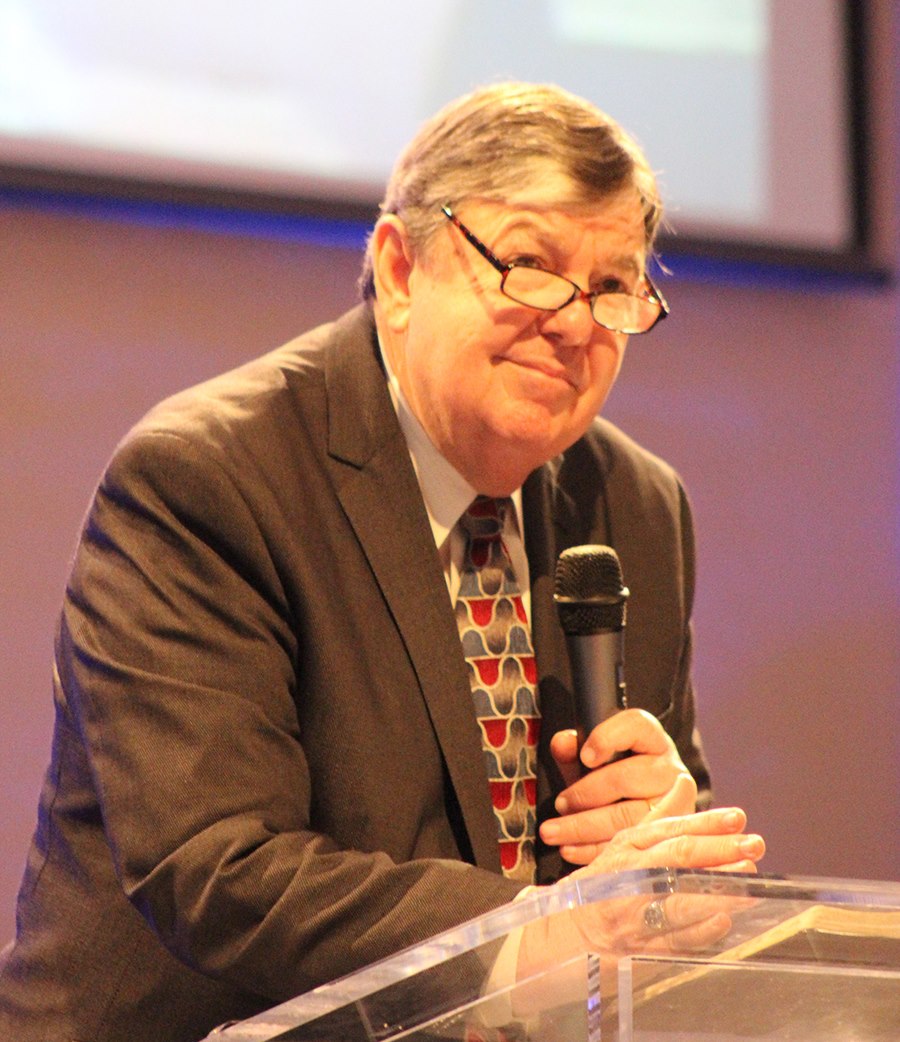 Dr. Doug Small called the global Church to a new “House of Prayer for the Nations,” arguing that humble, desperate corporate prayer must precede and powerfully shape every missionary endeavor. Drawing on the example of the Honduras suspension bridge (unchanged by storms while the river moved) he illustrated the need to both honor existing church structures (“old wineskins”) and forge fresh, Spirit-led expressions (“new wineskins”) to engage a shifting cultural current.
Dr. Doug Small called the global Church to a new “House of Prayer for the Nations,” arguing that humble, desperate corporate prayer must precede and powerfully shape every missionary endeavor. Drawing on the example of the Honduras suspension bridge (unchanged by storms while the river moved) he illustrated the need to both honor existing church structures (“old wineskins”) and forge fresh, Spirit-led expressions (“new wineskins”) to engage a shifting cultural current.
Historical prayer mobilizations in the 10/40 Window (30 Days of Prayer, 100 Gateway Cities, Unreached People Groups initiatives) demonstrated exponential fruit: mobilizing tens of millions in intercession led to daily conversions rising from ~100,000 to ~200,000—achieving in 12–15 years what had taken centuries.
There was a powerful presentation on India’s explosive church growth with over 1 million churches (many house churches), 60,000+ cross-cultural workers, networks uniting believers across 28 states and 400,000 villages.
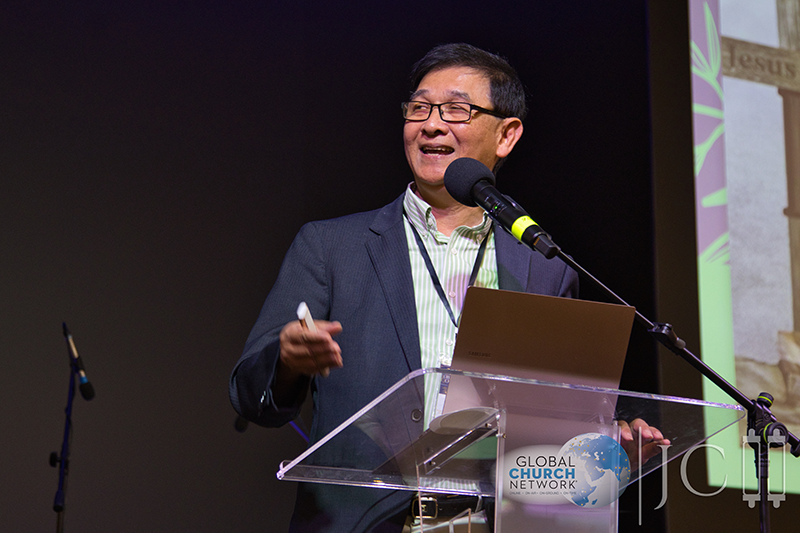 Dr. Yeou Chern Bore, President, Ambassadors for Christ, highlighted the resilient shift to decentralized house gatherings, and the strategic role of the Chinese diaspora—both ancient (biblical patriarchs and apostles) and modern (millions of students and displaced peoples)—as a divinely ordained frontier for gospel advance.
Dr. Yeou Chern Bore, President, Ambassadors for Christ, highlighted the resilient shift to decentralized house gatherings, and the strategic role of the Chinese diaspora—both ancient (biblical patriarchs and apostles) and modern (millions of students and displaced peoples)—as a divinely ordained frontier for gospel advance.
Global migration is reshaping the frontier of mission: the United States, United Kingdom and Australia now rank as the top three receivers of diaspora from the 10/40 Window, bringing unreached people into “open” gospel access. Rapid urbanization (“density is destiny”) concentrates two-thirds of national populations in multi-ethnic, ever-changing cities by 2050—missions must follow the crowds into these living fields.
By 2100, India and China will be the world’s largest populations and, once mission fields, are poised to become the greatest sending power if united in global outreach. North America has quietly become the third-largest mission field globally, fueled by large diaspora communities—especially Chinese and Indian students—who study, return home, and carry the gospel.
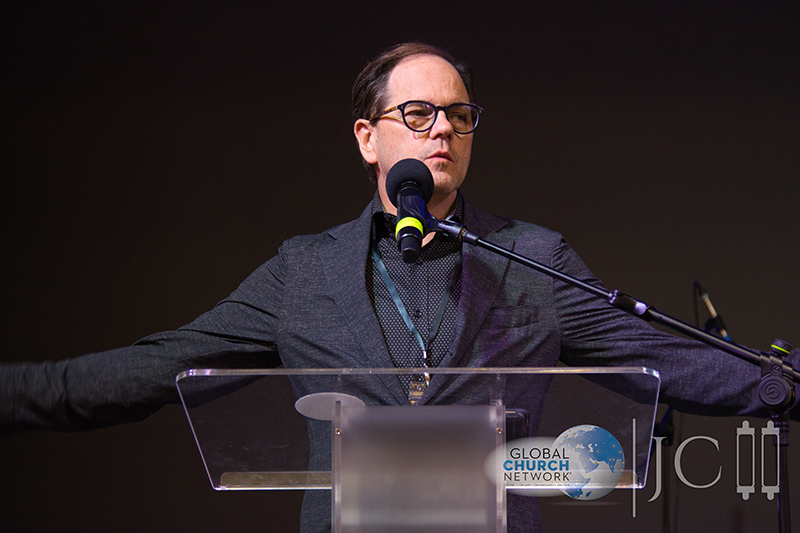 Dr. Sean O’Neal, the Director of Evangelism for the Church of God, stated, The U.S. church’s long decline has plateaued and reversed among younger generations: Gen Z and young adults are showing renewed spiritual hunger, resulting in tens of thousands of baptisms, revival stirrings on campuses, new church plants and innovative formats (house churches, gaming churches). Effective mission strategy at Ambassadors For Christ and across denominations hinges on four core elements: gospel-centered message, discipleship-driven processes, church-based engagement and kingdom-minded vision—“the mark of a great church is its sending capacity.”
Dr. Sean O’Neal, the Director of Evangelism for the Church of God, stated, The U.S. church’s long decline has plateaued and reversed among younger generations: Gen Z and young adults are showing renewed spiritual hunger, resulting in tens of thousands of baptisms, revival stirrings on campuses, new church plants and innovative formats (house churches, gaming churches). Effective mission strategy at Ambassadors For Christ and across denominations hinges on four core elements: gospel-centered message, discipleship-driven processes, church-based engagement and kingdom-minded vision—“the mark of a great church is its sending capacity.”
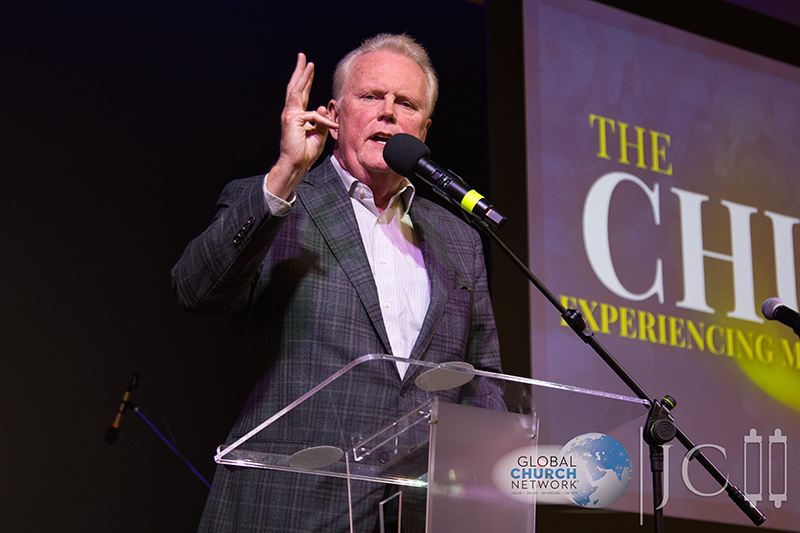 Dr. Timothy Hill, former Church of God Overseers, spoke on Scriptural precedent (Acts 3:1–10) and called us to see beyond natural sight, give beyond earthly resources, and touch beyond human reach—dropping limiting labels and trusting God’s limitless power for the Third Millennium harvest.
Dr. Timothy Hill, former Church of God Overseers, spoke on Scriptural precedent (Acts 3:1–10) and called us to see beyond natural sight, give beyond earthly resources, and touch beyond human reach—dropping limiting labels and trusting God’s limitless power for the Third Millennium harvest.
Drawing on Acts 3’s account of Peter healing the lame man at the Beautiful Gate, the message emphasizes that while our senses may function, a flawed foundation (twisted feet/ankles) keeps us spiritually “lame.” Four strategic words frame the Third Millennium mission:
- Labels: all titles are “libels” except our identity as followers of Jesus.
- Limits: as believers we transcend human limits, though we honor personal limitations.
- Lift: minister by the “right hand” of Jesus—His name, Word and blood—rather than diluted methods.
- Leap: step out in the immediacy of the Holy Spirit’s anointing, expecting immediate transformation and bold advance.
Thirty-Three Thought Takeaways
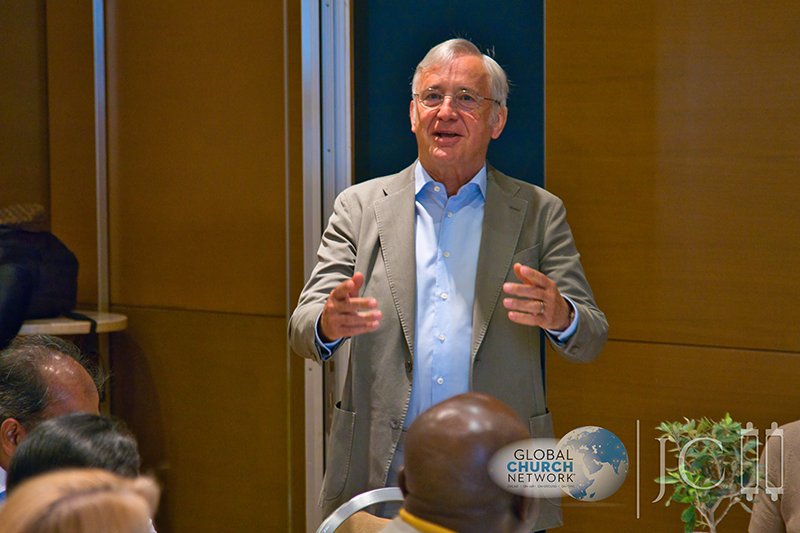
- Effective evangelism requires understanding and using cultural “keys” without altering the gospel’s core message.
- Paul’s Areopagus approach: find common ground (religion, philosophy, poetry) to build rapport and bridge to Christian revelation.
- Biblical foundations:
- God’s sovereignty over creation (Acts 17:24–25)
- Universal human kinship and dignity (Acts 17:26–28)
- Call to repentance and offer of forgiveness (Acts 17:30–31)
- Assurance of resurrection and final judgment (Acts 17:31)
- Contextualization vs. syncretism: translate the message clearly while resisting cultural dilution.
- The Great Commission remains our defining mandate; it encompasses both evangelism and disciple-making across all nations.
- Prayer for the nations is vital—spiritual preparation fuels strategic outreach.
- Modern missions are marked by both unprecedented global church growth and significant persecution; perseverance is required.
- Collaboration among believers worldwide, empowered by the Holy Spirit, is essential to fulfill the task entrusted to this generation.
- Prayer is not an add-on to missions but its driving engine: radical, corporate intercession unlocks spiritual breakthroughs unmatched by pragmatic strategies alone.
- True reform balances respect for tradition with Spirit-empowered innovation—churches must adapt structurally and culturally without abandoning their core identity.
- Large-scale prayer movements in the 10/40 Window provide a proven template: clear focus, sustained mobilization, and quantified impact on global evangelization.
- India exemplifies how unity, visionary leadership, grassroots giving and persistent obedience under persecution fuel unstoppable church expansion.
- In China, persecution is dispersing the Church into smaller, more agile networks and sending missional labor into global diaspora communities.
- The biblical “diaspora” motif—from Adam to the Apostles—underscores God’s strategy of scattering His people to reach every nation, confirming today’s migrant Christians as crucial agents of the Great Commission.
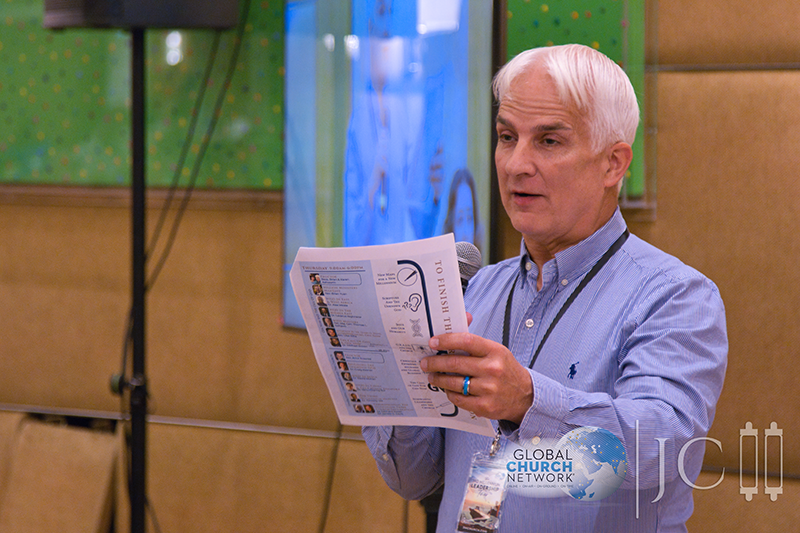 Migration hotspots (US, UK, AU) offer unprecedented gateway to formerly closed peoples.
Migration hotspots (US, UK, AU) offer unprecedented gateway to formerly closed peoples.- Cities are mission fields: prioritize multi-ethnic urban ministry and church planting.
- Mobilize Indian and Chinese believers to form a united missionary powerhouse by 2100.
- Recognize North America as a major mission field—engage diaspora networks and returning students.
- Leverage the post-Christian context as a “pre-Christian” opportunity: young adults are spiritually open.
- Embrace fresh expressions of church (campus revivals, house churches, digital/gaming ministries).
- Implement the four pillars—gospel, discipleship, church, kingdom—across every ministry.
- Remember Acts 3 principles: see people’s potential, rely on God’s resources, and extend Christ’s touch.
- Discard negative labels and human limits; depend on the Spirit to fuel the global harvest.
- Act now: the Kingdom is at hand, and God is calling every church and believer into the Third Millennium mission.
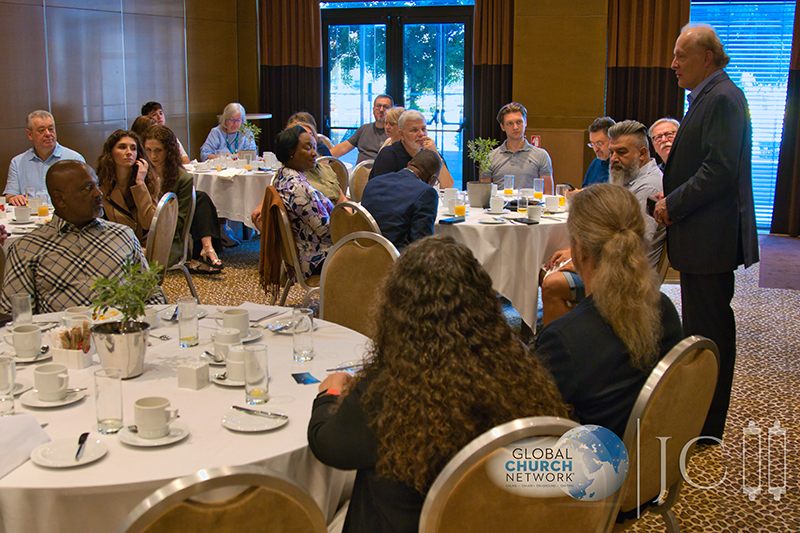
- Genuine healing and growth require addressing foundational issues, not only surface-level needs.
- Our sole true label is “follower of Jesus,” which frees us from all other limiting identities.
- In Christ there are no limits—only opportunities to operate beyond what we thought possible.
- Effective ministry lifts with the “right hand” of Jesus (His power and authority), not with human gimmicks.
- The Holy Spirit empowers immediate “leaps” of faith; we must trust and act without waiting for perfect conditions.
- The Third Millennium Church creed integrates the physical and digital realms, calling us to incarnate Christ across every context.
- Large-scale gatherings and movements depend on the sacrificial service of volunteers and cross-cultural partnerships.
- Strategic resource commitments (e.g., funding translations) sustain global mission and enable continued harvest.
- There will be two or three more updates regarding WIJD Reports, Prayer Chairmen, Praise & Worship and The Third Millennium Creed for The Church.

